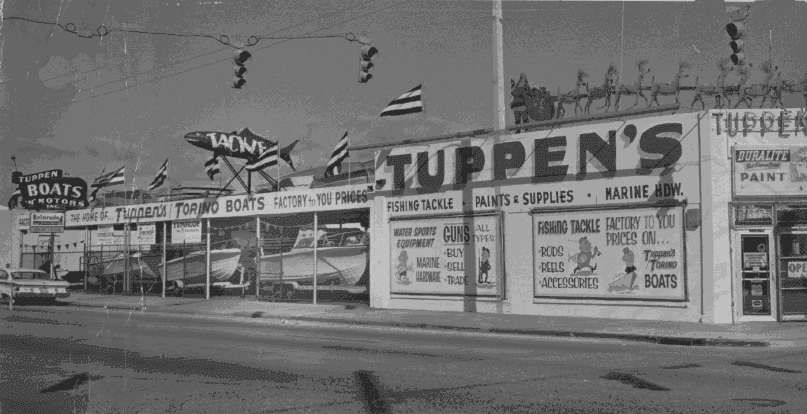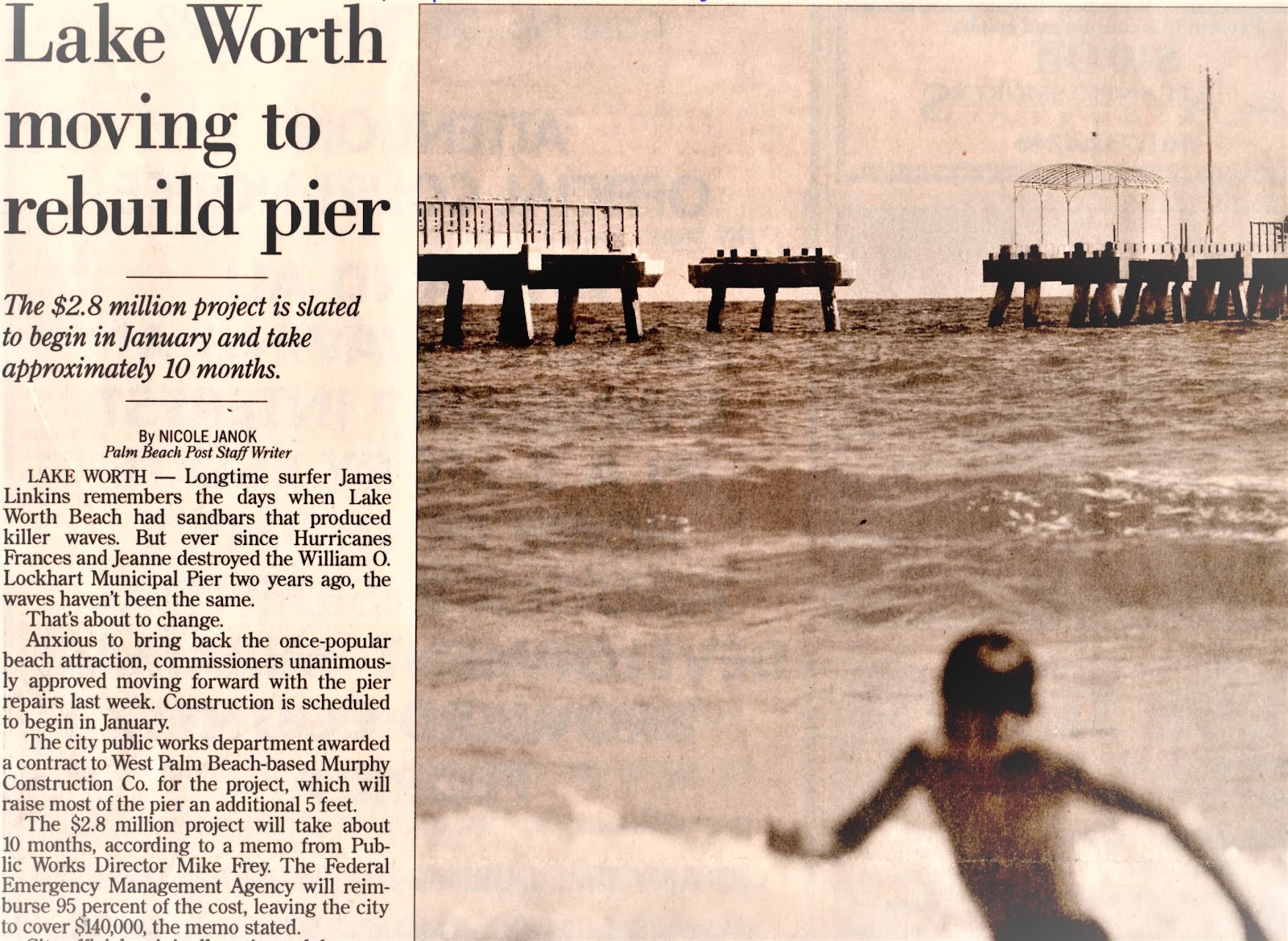Many of Lake Worth's residential streets are wide enough for two lane traffic, with parking on one or both sides of the road. On the street where I live, on the block to the west, we have traffic going two ways and parking on both sides. Many times, cars wait for another car to pass going the opposite direction, at a slow speed. What is the result? Traffic calming without the bulb-outs or traffic humps.
Look at some of the benefits identified in the article:
In 2011, Louisville converted two one-way streets near downtown, each a little more than a mile long, back to two-way traffic. In data that they gathered over the following three years, Gilderbloom and William Riggs found that traffic collisions dropped steeply — by 36 percent on one street and 60 percent on the other — after the conversion, even as the number of cars traveling these roads increased. Crime dropped too, by about a quarter, as crime in the rest of the city was rising. Property values rose, as did business revenue and pedestrian traffic, relative to before the change and to a pair of nearby comparison streets. The city, as a result, now stands to collect higher property tax revenues along these streets, and to spend less sending first-responders to accidents there.Here's another article which confirms the results discussed in the previous article.
Think about our one-way streets near the downtown, both east and west of Dixie Hwy. Imagine if they were two-way. I am sure vehicle speeds would decrease and there would be less high-speed rear-end accidents involving parked cars. That's something happens more than it should here. I bet that there would be other benefits, like the ones mentioned in the articles.
Also, think of the amount of extra driving, over time, involved when you have an alternating one-way street pattern. You find yourself going "around the block" to get to your destination more so than if it was possible to go both directions on the same street. This extra driving adds to wear and tear on the streets, but it also adds up in fuel burned multiplied by the number of vehicles that have to follow the same movements, day after day after day.
By subjugating the car to second class status, the pedestrian and bike become safer and more attractive alternatives.





